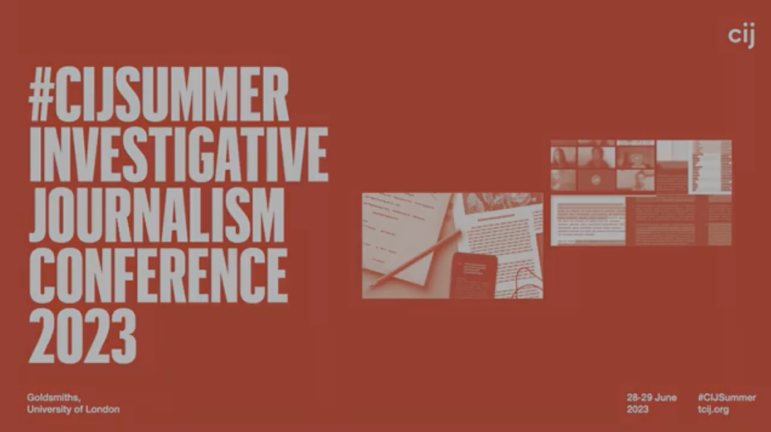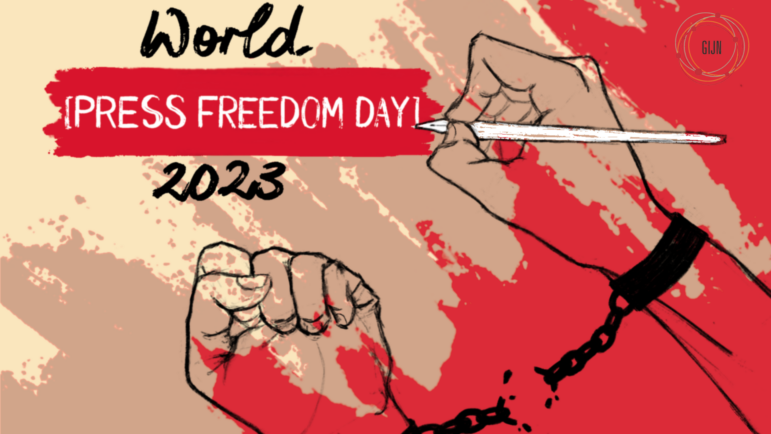

What We’re Reading: Media Manipulation, Newsroom Newsletters, Successful Pitches, and a UN Resolution on Journalist Safety

For this week’s Friday 5, where GIJN rounds up key reads in English from around the world, we came across the launch of The Media Manipulation Casebook, a piece on how to make your newsletter a key revenue driver, and a supportive — if implemented — UN resolution on the safety of journalists.
The Media Manipulation Casebook (TaSC)
This week, the Shorenstein Center’s Technology and Social Change (TaSC) project launched an excellent research platform which links theory, methods, and practice for mapping media manipulation and disinformation campaigns. Learn more about the media manipulation life cycle, as well as common terms in mis- and disinformation studies, including digital blackface, keyword squatting, and swarming. The mix of 14 global case studies — with plans to include about 100 more over the next two years — can be searched by keyword, tactic, target, mitigation, and outcome. The TaSC team, led by Joan Donovan, also puts out the Meme War Weekly. It’s a fascinating, if frightening, newsletter about political messaging from the “wilds of the internet.”
How Email Can Be a Newsroom’s Top Revenue Driver (The Fix)
Journalist David Tvrdon wrote up a resource-packed interview with Dan Oshinsky, the former newsletters director of The New Yorker and BuzzFeed about why your newsroom should have a newsletter strategy. While Oshinsky credits the piece’s best quote to ex-colleague Jonathan Perelman (“Content is king, but distribution is queen“) he points out that distribution wears the pants. “The stories, the reporting a newsroom does, is so important. But if you don’t have a way to get stories out to readers, you’re in trouble.” Don’t miss the round-up that gets straight to implementation: 7 tips for your newsletter, and Oshinsky’s slide presentation 25 Ways to Sign Someone Up For Your Newsletter.
UN Resolution on the Safety of Journalists (Article 19)
Earlier this month, the UN Human Rights Council (UNHRC) — led by Austria, Brazil, France, Greece, Morocco, Qatar, and Tunisia — adopted a new resolution on the safety of journalists. According to a statement by Article 19, which supported the move, the UNHRC has considered resolutions on the safety of journalists every two years, with “each iteration setting increasingly progressive standards.” But while the group welcomed the “increased support,” it found the lack of implementation unacceptable: “With impunity for crimes against journalists as high as 90% worldwide, it is critical that action is now taken.”
Why Your Pitch Was Turned Down — From The Editors Themselves (The Writing Cooperative)
Before you sit down to write your next pitch, take five minutes to read this advice from writer Ben Sledge, beginning with: “Take 15 minutes to read through the site you’re pitching to.” Sledge spoke to editors at The Telegraph, The Independent, and The New York Times, who all offered up important basics about what makes them pay attention to a pitch that lands in their inboxes. For the audiophiles, there’s The GroundTruth Project’s Do’s and don’ts of pitching audio stories — advice from Matthew Bell, assignment editor for Public Radio International’s The World. If you want to dig more into pitching, GIJN’s guide has plenty.
How The Day Partnered with a Nonprofit to Raise Nearly $90,000 (Better News)
Better News is encouraging you to steal and adapt ideas from its latest piece showcasing innovative ideas from the Knight-Lenfest Newsroom Initiative. This one focuses on The Day, a newspaper in the US state of Connecticut, which partnered with the Local Media Foundation to support its COVID-19 coverage, ultimately crowdfunding nearly $90,000. The publication’s digital news director, Carlos Virgen, talks about how they set up the partnership and how the newsroom and the community came together.
 Tanya Pampalone is GIJN’s managing editor. The former executive editor of the Mail & Guardian and head of audience development at the African arm of The Conversation, she is executive producer of One Night in Snake Park, an in-depth podcast on xenophobic violence in South Africa.
Tanya Pampalone is GIJN’s managing editor. The former executive editor of the Mail & Guardian and head of audience development at the African arm of The Conversation, she is executive producer of One Night in Snake Park, an in-depth podcast on xenophobic violence in South Africa.









